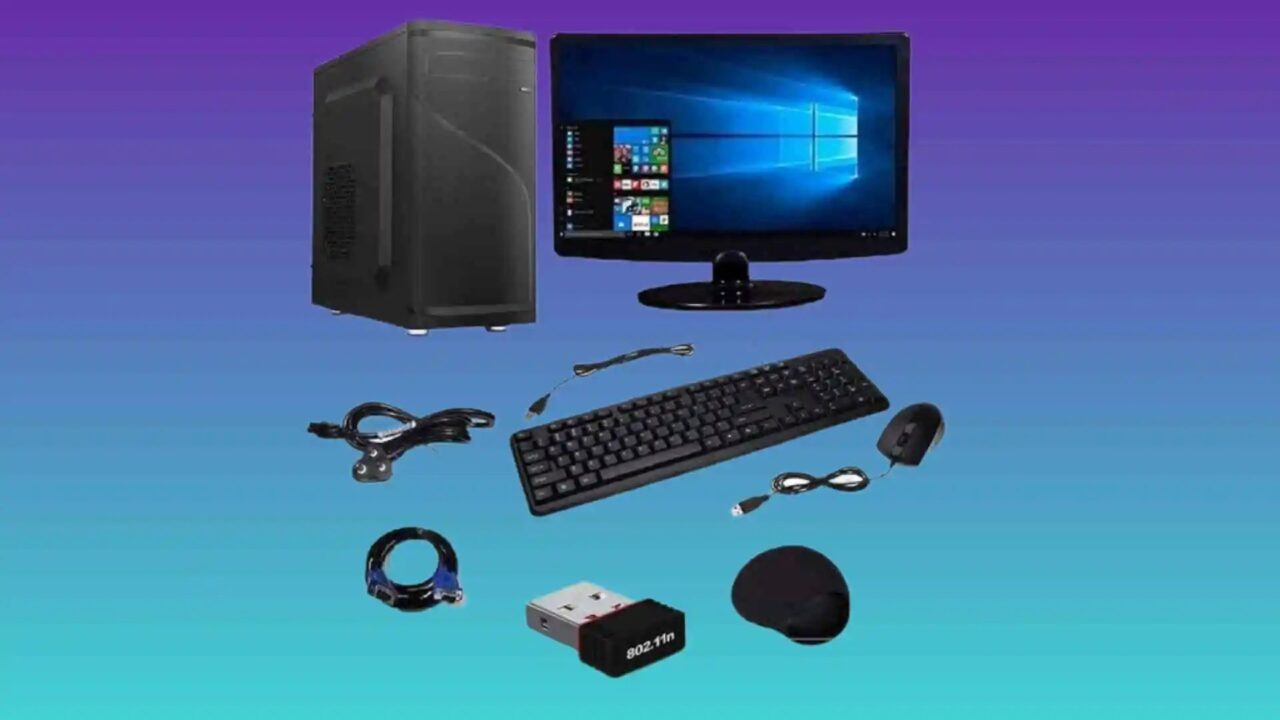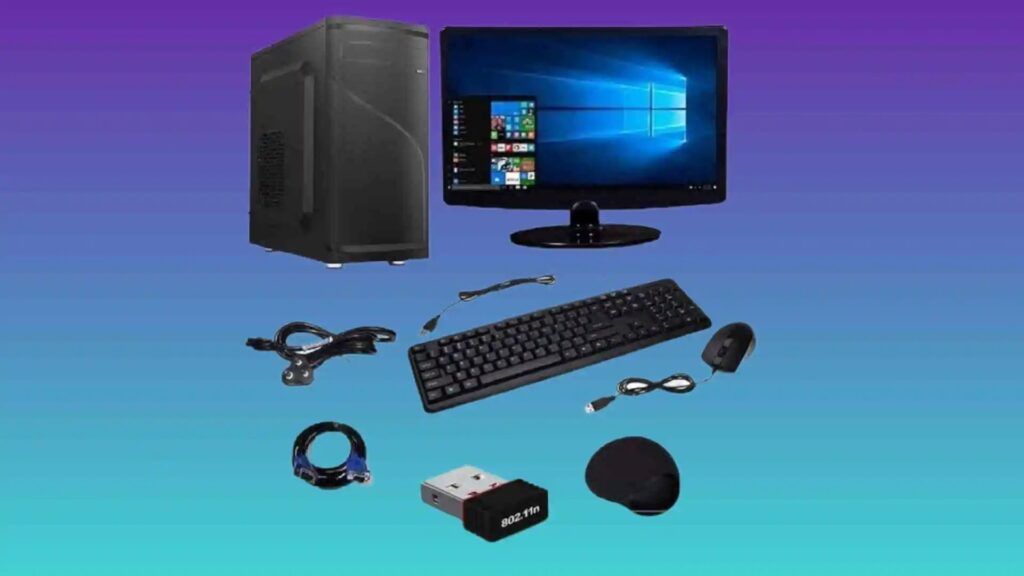
What does computer system mean?
What Does Computer System Mean?
A computer system is a basic, complete and functional hardware and software setup with everything needed to implement computing performance.
That’s the basic working definition of the computer system as we know it, but it has gone through a lot of formal changes over the past few decades.

First, there’s the ability to receive user input. Then there’s the ability to process data. There’s also the capability to create information for storage and output.
That’s a computer system in a nutshell, but understanding what a computer system is also involves looking back at the timeline of computer evolution over the decades.
Computer Systems: Early Models
To look at the history of a computing system, you have to go all the way back to Charles Babbage’s differential machine. This computer, (which never actually got fully built), predated and prefigured the mainframes and large-scale computers of the early 20th century the Von Neumann machine and its ilk, as computers, bulky and monolithic, first appeared in the human world.
The Personal Computer
Then, the personal computer or desktop computer was born. This model persisted for a long time, where the computer box or shell was the central hardware and used peripherals like a monitor, keyboard and mouse, along with software that was fed to the computer through floppy disks.
Operating System
The operating system emerged early as a convention in supporting the full computing system in the box, and making sure that users had a universal way to handle the software that ran on that hardware.
Then, in addition to the operating system, we learned about files, applications, and executables, the actual software products delivered to run on a given operating system.
Laptops
Over time, as Moore’s law continued to apply and hardware became smaller, the laptop computer was born. Then came the mobile phone, and eventually the peripheral interface model with the plugged-in mouse, keyboard and monitor was replaced by a single touch screen device, so that no peripherals were needed.
The Cloud
At the same time, a key software advance applied, too. Cloud and software as a storage models meant that software came to be delivered digitally through the Internet, instead of being sold on physical media like floppy disks and later, compact discs. “Out of the box” software became somewhat obsolete, especially in enterprise IT.
Virtualization
More recently, virtualization revolutionized how we think of hardware and software setups. A modern computing system may not consist of a piece of hardware itself — it may instead consist of a virtualized computer system or virtual machine that uses resources from a grid to operate.
So what we think of as a computing system has changed in form, but not, in key ways, in substance. It still has all of those core capabilities: receiving user input, processing data, and storing information — it just does them in much more elegant and capable ways.
As the interface evolves, and as we approach a new world of AI and machine learning, we see what power computing systems can have.



